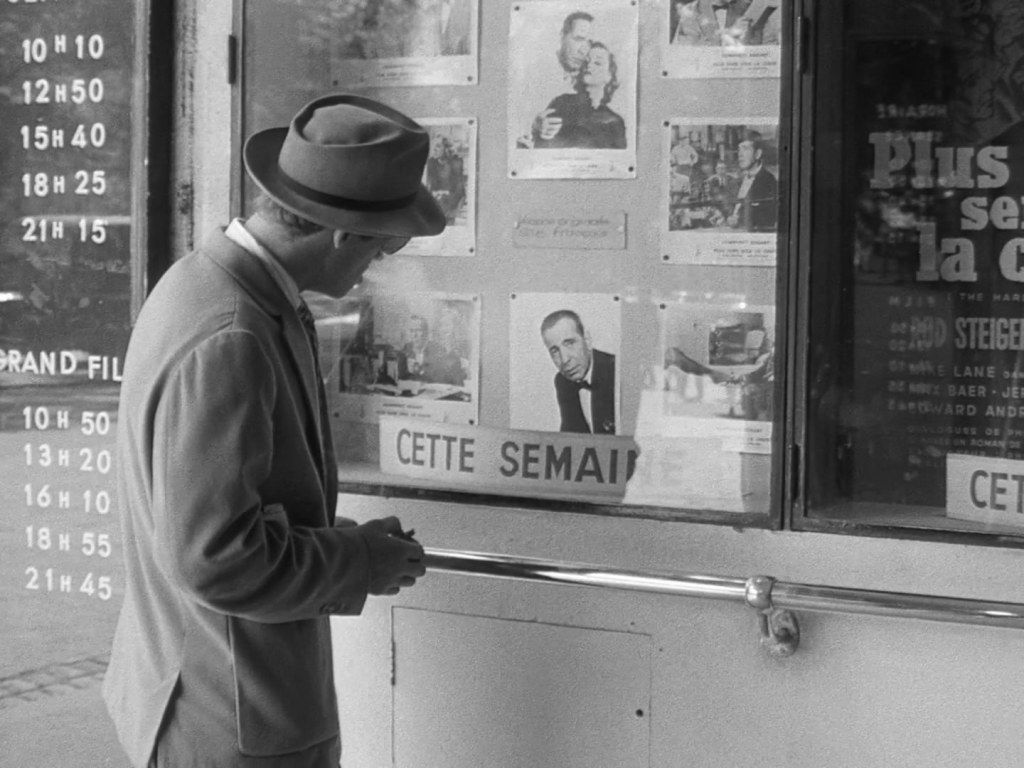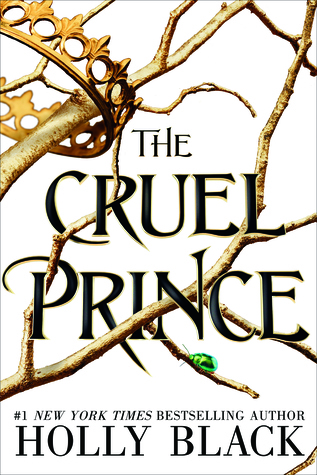
The Back Catalog is a series following my quest to watch all the movies I own. Check out the index, or follow the Back Catalog tag to see what I’ve watched and what I’ve thought of the films.
I missed a step. Somehow, in the space between going to a lot of movies in my childhood to today when I own what some would call too many Criterion and other movies, I missed the French New Wave. I knew of it, of course, but my first-hand experience with it was almost entirely lacking. I could see in movies like Submarine and Reservoir Dogs a kind of shared reference point and I could figure out what that reference point was by seeing what those kinds of movies had in common. However, when that actual reference point would come up in conversation, I’d just nod and smile. I started fixing this last year with The 400 Blows, which I absolutely loved. I picked up Breathless and Hiroshima Mon Amour recently thanks to that movie and we’ll see how it works out for me.
Breathless is one of those movies where it feels like you’ve seen it even when you’ve missed it for 29 years of your life. The details are intriguing and pulled me along when things felt a little rote. For example, the plot is such a straightforward genre type that when the movie focuses on that part it feels like almost any other crime thriller. The bits in between those standard plot beats are what make Breathless a movie to pay attention to, even though I didn’t end up loving it. There is a part of the film that ends up being almost a third of its 90 minute length which might have been five or ten minutes in another movie. It’s the seduction scene that takes place almost entirely in one room and features both Jean Seberg and Jean-Paul Belmondo at the height of their strange mix of chemistry and philosophical musings. In what amounts to a short film on the topics of purpose, meaning, and desire, the two of them dance around each other wonderfully. Here are the beginnings of the Before Trilogy except I don’t particularly care if the two end up together or not. But then there’s 20 minutes of “necessary” cat and mouse policing and kind of standard moral conundrums that make the genre what it is and I start to disengage.

The ending is really great, though, especially after Seberg’s Patricia decides to turn her lover in for his murderous past. The consequences of this play out in two long shots that first map the dissolution of their relationship and then his bloody (almost comically dragged-out) end. Here Godard breaks from what has become the film’s most important feature–the jump-cuts that almost accidentally revolutionized filmmaking–and because the rest of the movie is full of moments spliced together which unmoor the audience to some degree, the long takes that close the movie brings everything crashing back down to earth. It’s a great effect and it’s these shots that I’ll remember from this movie, along with that audacious seduction scene. I’m not sure I’ll revisit this lovingly in the future, but I’m glad I watched it (and own the disc which features a lot of great supplements that I will seek out as I continue to learn more about how movies work. I’m glad I’m finally filling in this hole in my movie knowledge, and I’m excited to check out Hiroshima Mon Amour to see if Resnais can bring the power of Night and Fog to a feature film.
B
Advertisements Share this:




